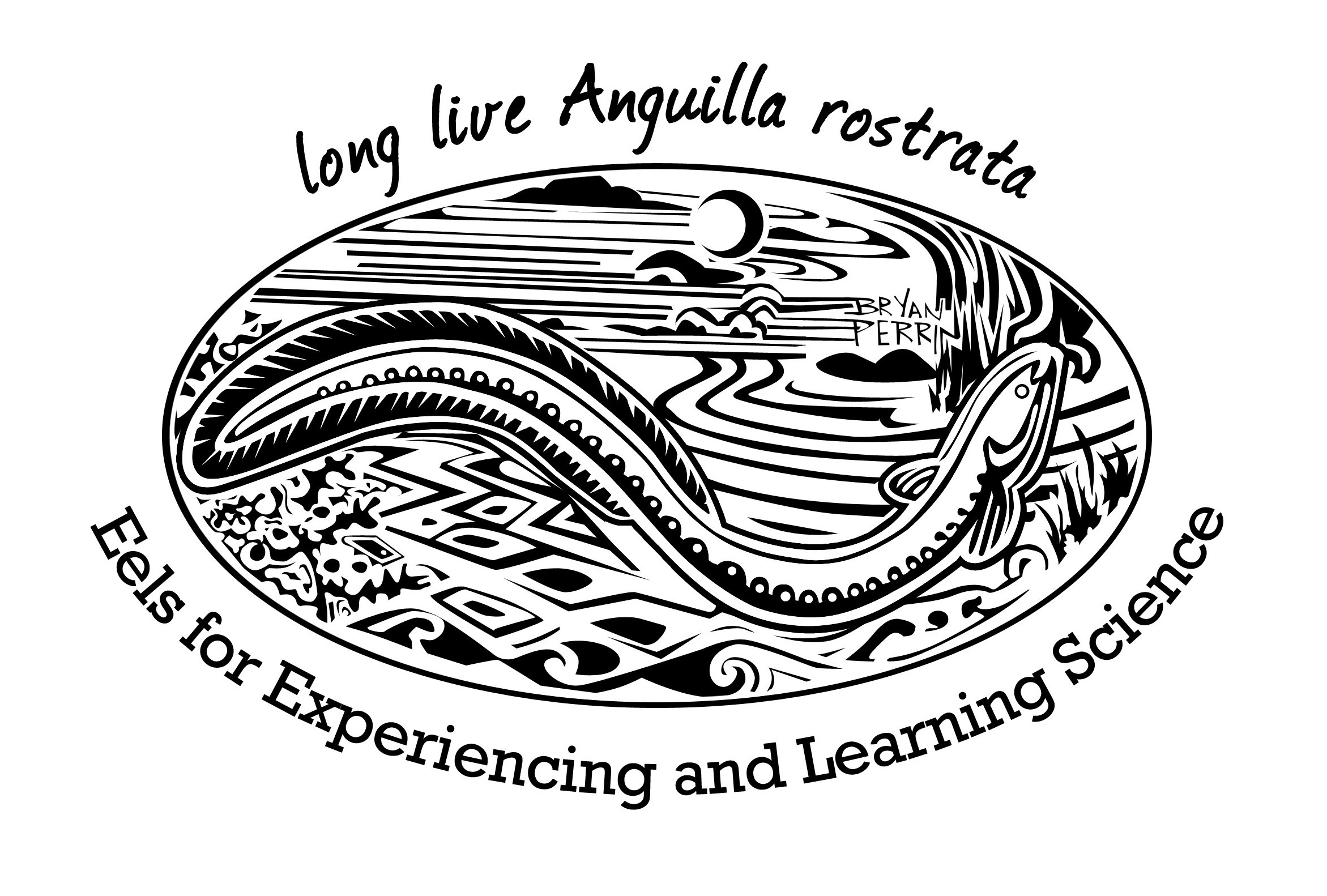How Eels Engage New Audiences Through Community Science
Projects with trained “community scientists” are growing in popularity, but skepticism about scientific rigor challenges volunteer monitoring. The ecology of juvenile American eels and the established methodology of monitoring them make this species ideal for citizen science. New York’s “Hudson River Eel Project” has maintained a decade of data collection by 750 annual participants, from high school students to retirees, at 15 sites along 130 miles of estuary. Some students have even gone on to pursue environmental degrees and professions. Volunteer efforts have the capability of expanding the spatial, temporal, and cultural reach of fish conservation. There is need for more long-term monitoring of eels and this project, including the catch and release of over a million glass eels, provides invaluable data that have management applications. We will discuss methods and protocols used in New York to ensure volunteer-generated data are high quality, and we will describe how ten years of data are being used to support restoration efforts. We will also describe what conditions are ideal for community science of any topic, and how to keep a highly diverse group of participants engaged and dedicated.
- Current Events
- Upcoming Events
- Past Events

